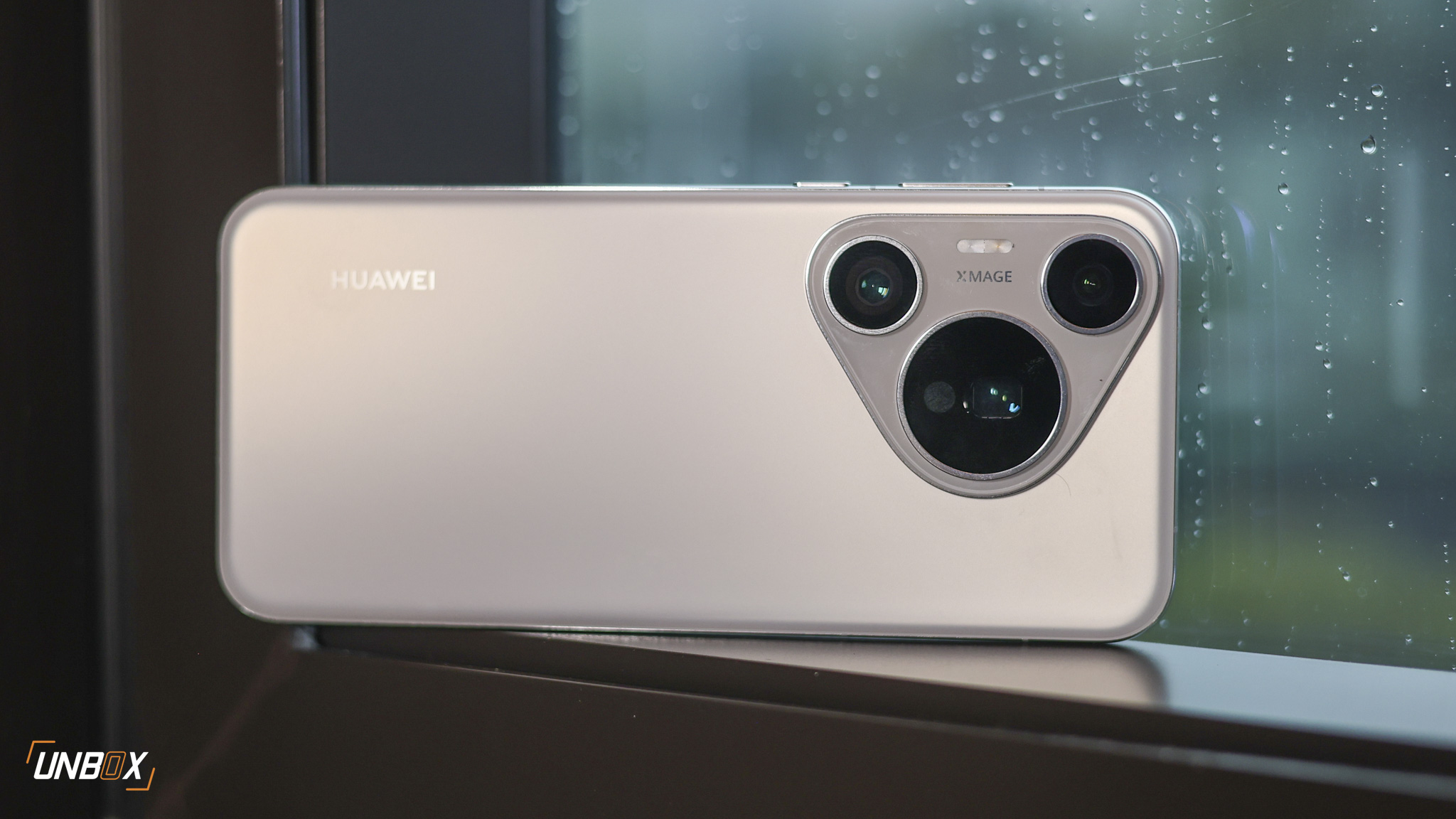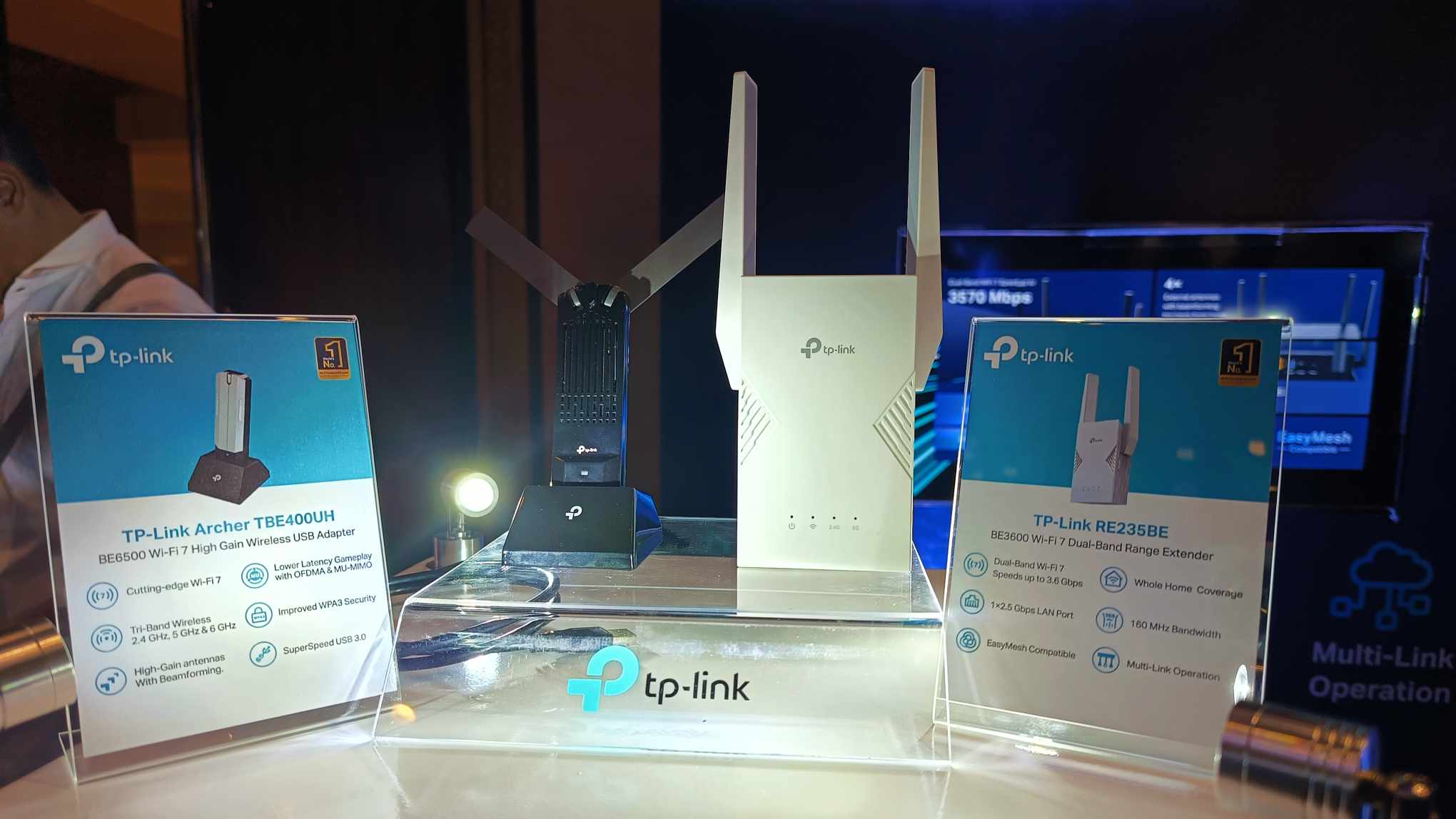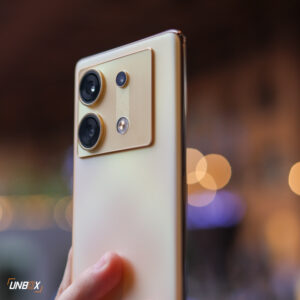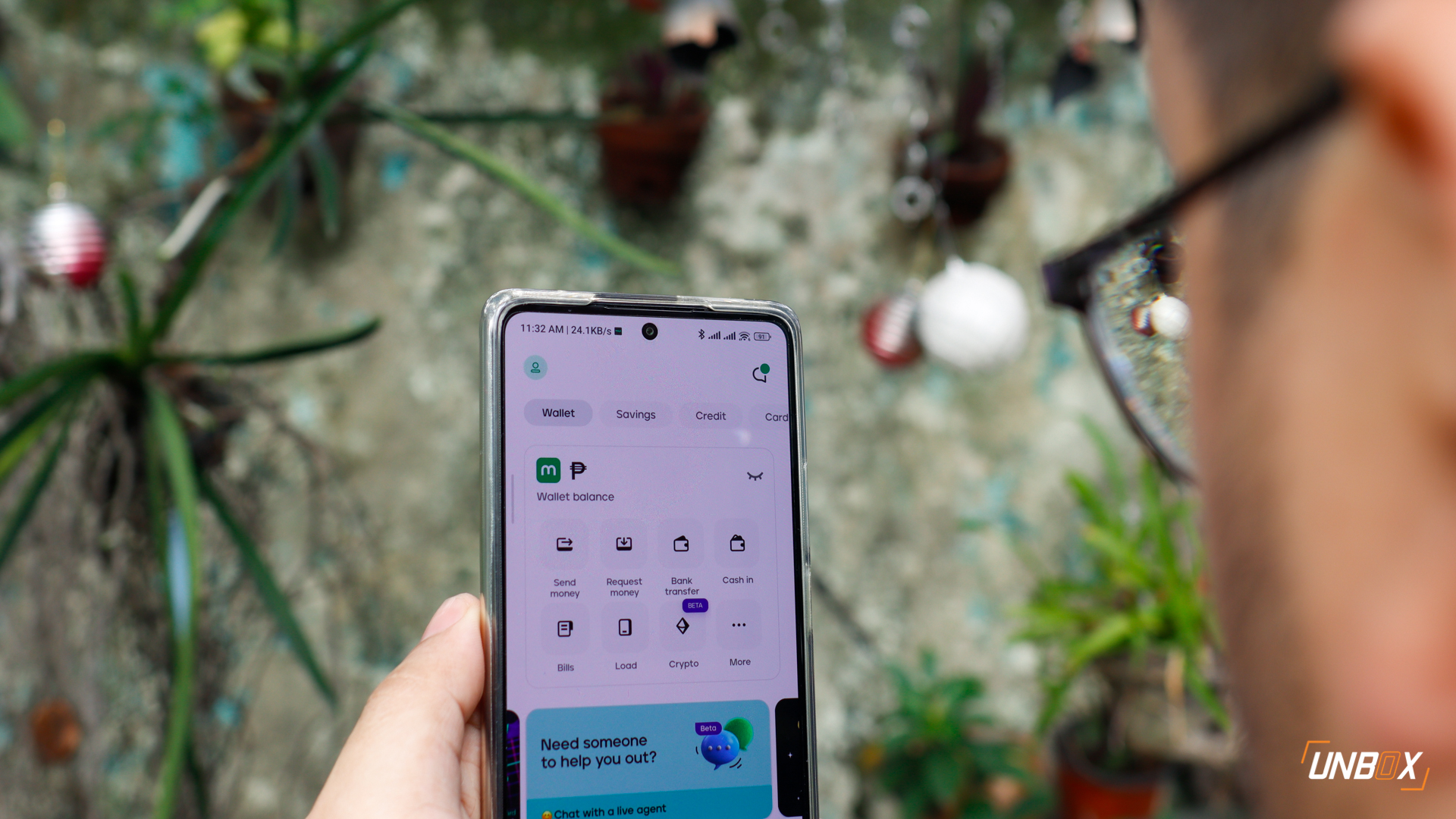After Motorola made a statement with the Edge 30 Ultra as the first 200-megapixel phone to be available globally, Xiaomi is joining the train with the 12T Pro. Both phones are flagship in itself: they have a Snapdragon 8+ Gen 1 Processor, fast charging speeds, up to 12GB LDDR5 RAM, up to 256GB UFS 3.1 storage, and that crazt 200-megapixel camera. However, which phone between the two offers better value for money?

Xiaomi 12T Pro Specs:
- Snapdragon 8+ Gen 1 processor
- 8GB/12GB LPDDR5 RAM
- 128GB/256GB UFS 3.1 storage
- 6.67-inch AMOLED display, 120hz refresh rate, 1220p resolution, 480hz touch sampling rate, support for HDR10+ and DCI-P3, 12-bit color
- 200-megapixel f/1.8 ISOCELL HP1 main camera with PDAF and OIS, 8-megapixel f/2.2 ultra-wide-angle camera, 2-megapixel f/2.4 macro camera
- 20-megapixel IMX596 selfie camera
- 4G, 5G
- WiFi 6E, Bluetooth 5.1, NFC, in-display fingerprint scanner
- Stereo speakers, Dolby Atmos
- 5000mAh battery
- 120w fast charging
- Android 12, MIUI 13
Motorola Edge 30 Ultra Specs
- Snapdragon 8+ Gen 1 processor
- 8GB/12GB LPDDR5 RAM
- 128GB/256GB UFS 3.1 internal storage
- 6.67-inch Full HD+ Curved pOLED display, 144hz refresh rate, 1500hz touch sampling rate, 10-bit color with Gorilla Glass
- 200-megapixel f/1.95 ISOCELL HP1 main camera with Omni PDAF and OIS; 50-megapixel f/2.2 ultra-wide-angle camera; 12-megapixel f/1.6 IMX663 telephoto camera with 2x optical zoom
- 60-megapixel f/2.2 OV60a selfie camera
- Dual SIM
- 4G, LTE, 5G
- WiFi 6, Bluetooth, GPS, A-GPS
- In-display fingerprint scanner, Stereo Speakers, Dolby Atmos, IP52 rating
- 4610mAh battery
- 125W charging, 50w wireless charging
- Android 12, Motorola MyOS 4.0

Design
Trying to properly house a large 200-megapixel camera in a slim smartphone body will almost always pose a challenge. While both phones do a relatively good job in this department, we prefer the cleaner approach Xiaomi did with the 12T Pro, where the bump is not as prominent as that of the Edge 30 Ultra.
When it comes to overall build, however, the Edge 30 Ultra has the advantage of using a metal frame–the 12T Pro uses a plastic frame instead.
Display and speakers
Despite having the same size, the Edge 30 Ultra is better for having a curved pOLED panel with a 144hz resolution. However, the Xiaomi 12T Pro comes with a 1220p resolution that’s higher than the Full HD resolution we’re all familiar with, all while keeping a 120hz refresh rate on its AMOLED display. Since both phones use OLED panels, you also get an in-display fingerprint scanner as well.
Both phones are on even ground when it comes to speakers, as they boast a stereo speaker system that’s slowly becoming the de facto standard feature for high-end phones these days.

Cameras
Both phones do feature a 200-megapixel ISOCELL HP1 sensor with Omni-directional PDAF and OIS, but the Xiaomi 12T Pro has a slightly brighter aperture than the Edge 30 Ultra’s f/1.9 opening. As for the other two cameras, the Edge 30 Ultra is superior since you get a 50-megapixel ultra-wide-angle camera and 12-megapixel camera, making it more versatile than the Xiaomi 12T Pro.
The same could be said for the selfie camera, as the Edge 30 Ultra’s 60-megapixel shooter dominates over the Xiaomi 12T Pro’s 20-megapixel shooter on paper.
Internals and battery
Being flagship phones, both rock a Snapdragon 8+ Gen 1 processor that’s paired with up to 12GB RAM and up to 256GB internal storage. You are also getting UFS 3.1 and LPDDR5 tech on both phones, so you are getting the best possible performance on paper.
Moving on to the battery, the Xiaomi 12T Pro has a bigger 5000mAh battery that supports 120w wired charging. While the Edge 30 Ultra comes with a smaller 4610mAh cell, it supports 125w wired charging and 50w wireless charging.
Price
Edge 30 Ultra starts at 900 Euros(~Php 51.6k) for the 12GB/256GB variant, while the same variant of the Xiaomi 12T Pro starts at 749 Euros(~Php 43.7k) for the 8GB/128GB variant.The Edge 30 Ultra may be better than the Xiaomi 12T Pro in several aspects, but the latter does offer decent value for money especially if you’re after the latest processor and that bleeding-edge 200-megapixel camera.





































































